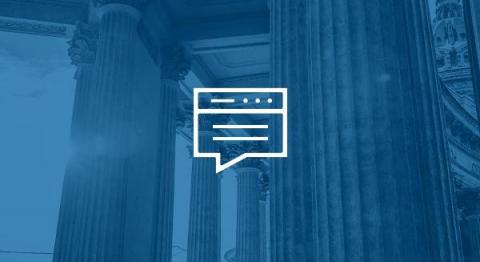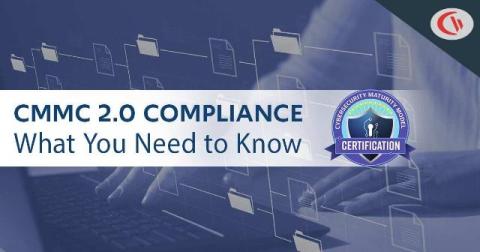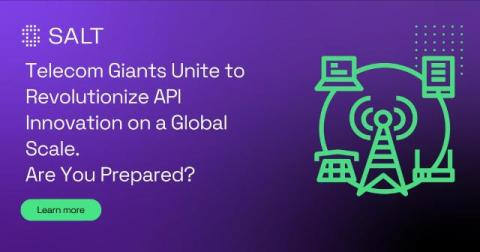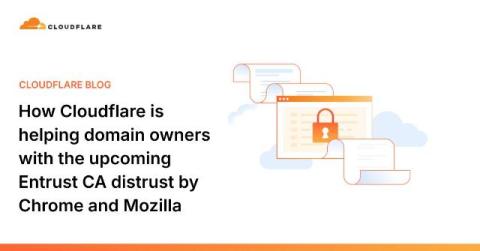Snort Rules 101: Examples & Use Cases for Snort Network Defense
Imagine you're responsible for the security of a bustling network, constantly under threat from bad actors looking to exploit any vulnerability. How do you keep up? Enter Snort, a powerful open-source tool that acts as your network’s watchdog, scanning for potential threats and alerting you when something seems off. In this guide, we'll break down how Snort works, focusing on the critical rules that make this tool effective at protecting your network.











